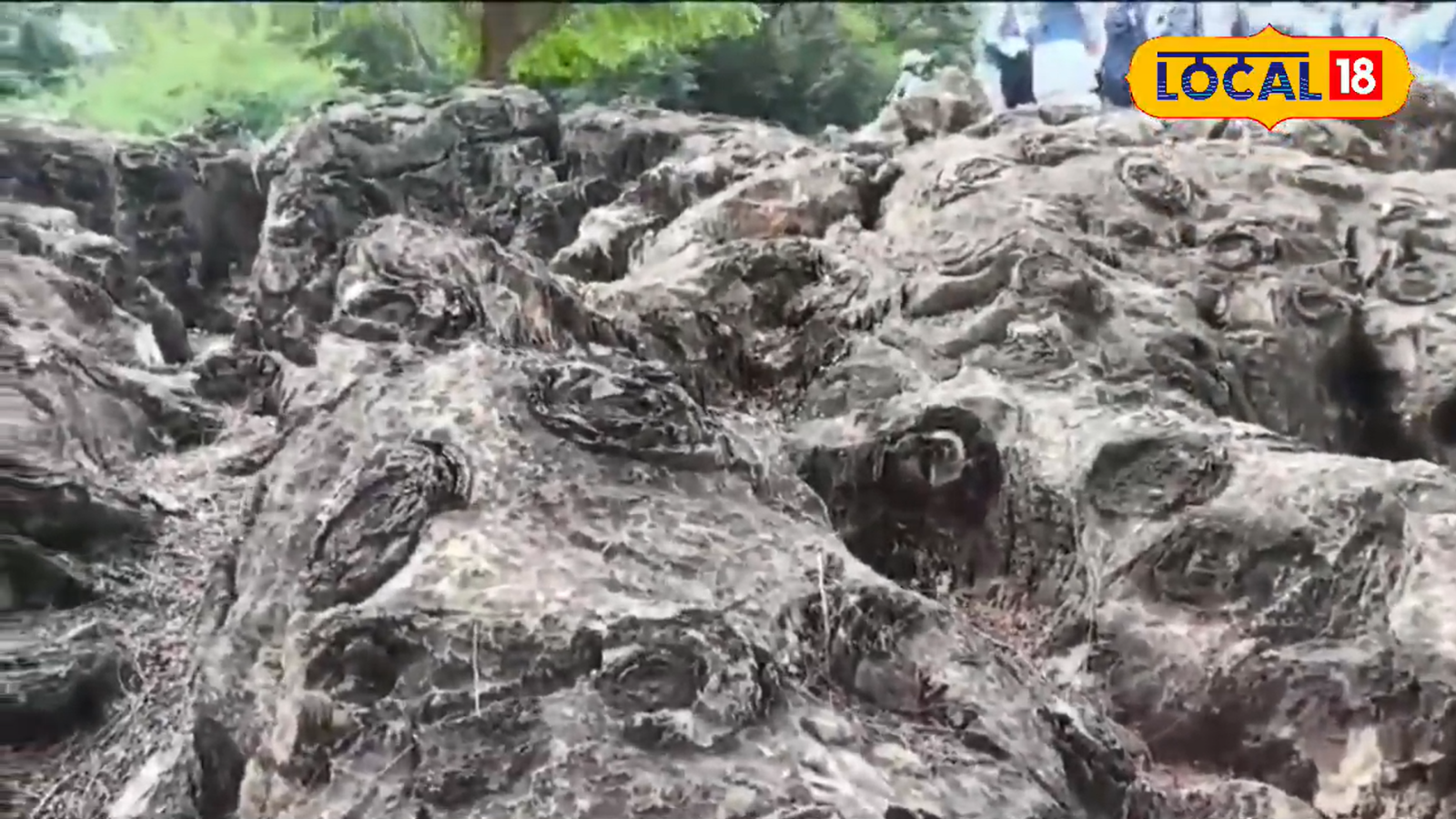Last Updated:
Fossils dating back 1.5 billion years have been found in Salkhan village, Uttar Pradesh. These fossils, formed by cyanobacteria, are among the oldest evidence of life on Earth
Despite its status as one of the oldest and largest fossil sites in the world, Salkhan Fossils Park remains largely underdeveloped. (Local18)
In a stunning revelation that could rewrite the pages of natural history, fossils dating back a staggering 1.5 billion years have been discovered in Salkhan village, located just 15 kilometres from the Sonbhadra district headquarters in Uttar Pradesh. Nestled along the Varanasi–Shaktinagar highway, this site, now known as Salkhan Fossils Park, may be the world’s largest fossil park, even surpassing Yellowstone in scale.
Spread across nearly 25 hectares in the Kaimur Range of the Vindhyan Mountains, the park is a geological treasure trove. The fossils, primarily stromatolites formed by blue-green algae (cyanobacteria), represent some of the earliest known life forms on Earth. These ancient microorganisms, encased in layered rock, once thrived in shallow seas and were instrumental in oxygenating Earth’s primitive atmosphere.
A Legacy Dating Back To Life’s Origins
The Geological Survey of India first identified the site in 1933, but the global scientific community has only recently begun to recognise its full significance. Experts describe the discovery as a “living archive” of Earth’s earliest biological history, with some calling it the most important fossil find in India’s geological record.
“These fossils are not just remnants of early life, they are evidence of Earth’s first biological breath,” said Ravi Prakash Choubey, founder of the Guptkashi Seva Trust. “It’s tragic that a site of such global importance still awaits proper preservation and recognition.”
Neglected Heritage, Untapped Potential
Despite its status as one of the oldest and largest fossil sites in the world, Salkhan Fossils Park remains largely underdeveloped. Local geologists and conservationists lament the lack of infrastructure, tourism promotion, and academic support.
If properly preserved, the park could become a global hub for geotourism, education, and palaeontological research. It is more than just a park; it’s a 1.5-billion-year-old classroom.
Call For Global Recognition
While the Uttar Pradesh government has taken steps to raise awareness, experts say much more is needed. A UNESCO Global Geopark nomination, better visitor facilities, and protective legislation could place Salkhan firmly on the world map.
As the world continues to search for clues about our planet’s distant past, Salkhan stands as a silent witness to life’s beginnings waiting to be heard. In essence, Salkhan Fossils Park is not just a fossil site; it is a monumental archive of Earth’s prehistoric life. Its preservation is vital for advancing our understanding of the early biosphere and the geological processes that shaped the planet as we know it today.
- Location :
Sonbhadra, India, India
- First Published:




